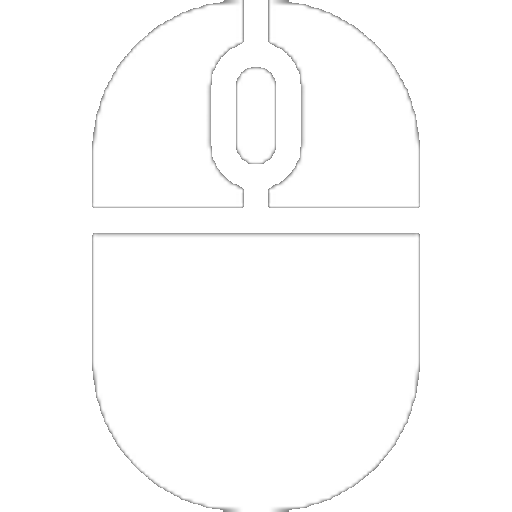After the presentation, Apple launched an update to the iOS 14 operating system for iPhones. The new OS is still being updated, since it was physically impossible to launch the update on devices around the world on the fifteenth. An important fact is that iOS 14 – according to beta testers – is a more stable version than iOS 13. By the way, the update will be received by:
- iPhone 11.
- iPhone X.
- All iPhones 7 and 8.
- 6S and 6S Plus.
- SE 1st and 2nd generation.
That is, the owners of smartphones, models of which were released in 2015, can still please themselves with new functions of the operating system.
Widgets
The most discussed innovation is widgets. They became available not only in the side menu, but also anywhere else on the main screen of the device. Yes, exactly the same as on Android smartphones.
There are restrictions on widgets – so far only available for using built-in applications and services of Apple. But this is for now – software developers will hurry up and roll out more interesting proposals than Apple has.
Now you can drag widgets to the desktop from the side menu. And holding your finger on them – edit. An alternative option for adding widgets is the “plus” in the upper right corner of the screen. It must be clicked to get into the list of available widgets.
There are three variations of location widgets:
- In the form of a square with 4 cells;
- As a rectangle for 8 cells;
- In the form of a large square with 16 cells (for example, a calendar).
There is a special widget called “Smart Button”. It can contain several widgets at once, which replace each other throughout the day. This is naturally customizable. But it is also convenient to keep them grouped, they are scrolled without complications.
Application Library
There is a new way to display shortcuts of installed applications. Visually, you might think that everything is very similar to large folders. But this is something else.
The App Library is at the very end when you need to scroll the display from right to left. These “islands” contain grouped applications. Large ones are activated by pressing. They become large if they are used more often than others. Those that are smaller are located in the so-called child folders that open on click.
When the library is scrolled down, a list of applications appears, sorted alphabetically. Just like in Android.
Translator
The new translator app works with English, Russian and several other languages. They can be downloaded and operated offline. It is convenient to interact with the translator – they said the phrase, the application will translate it and voice it in the desired language. Also, the translator can:
- Phrases and words can be added to favorites;
- Work with an offline dictionary;
- Use different display modes (zoom to full screen to show to another person).
Translation works well when entering text “by hand”, but oral recognition does not work very well. The application may not recognize correctly or freeze.
IPhone desktop running IOS 14
IOS 14 introduced a way to hide unnecessary desktops to visually save space. To hide the desktop:
- Go to desktop editing;
- Click on the scroll bar (bottom);
- Remove the marks from the desktop to be hidden.
All placed shortcuts and applications on hidden screens remain on the system. As before, they will be available in the Application Library and by searching by device.
Calls are not full screen
The most useful feature is the appearance of call notifications and Siri not in full screen. When there is an incoming call and a call to the voice assistant, the device informs about this with a tile that pops up from above. This approach, finally, will allow you to finish writing a message, send a voice message or watch 3 seconds of the desired moment in the video, and only then take to answer the call.
Siri is also transformed into a beautiful iridescent ball at the bottom of the display. When asked, the assistant will pull up a pop-up bottom window with a prompt.
«Picture-in-picture» mode
The option called “Picture in Picture” will appeal to all owners of iPhones with a large screen. The function allows you to include video on top of other windows. For example, you watch a YouTube video and read a Wikipedia article in your browser. There are two sizes – small and large. You can change it to one of two states by stretching or narrowing with your fingers.
The problem is that this option only works with the Apple TV + and YouTube app. In this case, the latter must be launched not in the application, but through Safari. As for the “picture in picture” operation, stable operation of the function with these two services is ensured.


